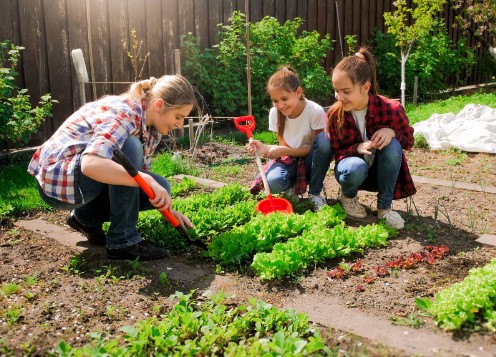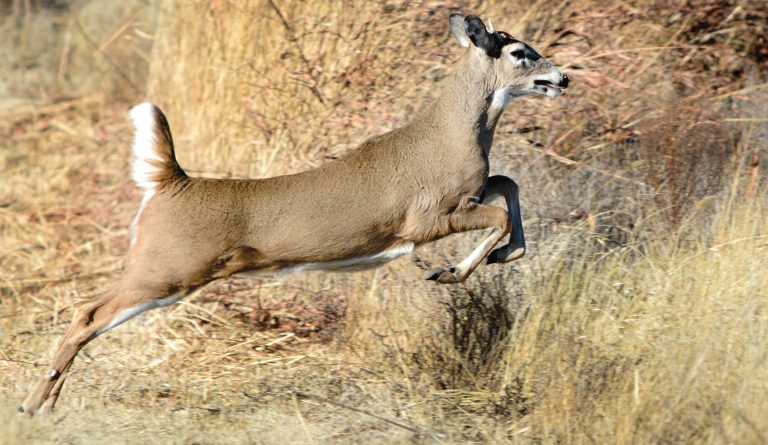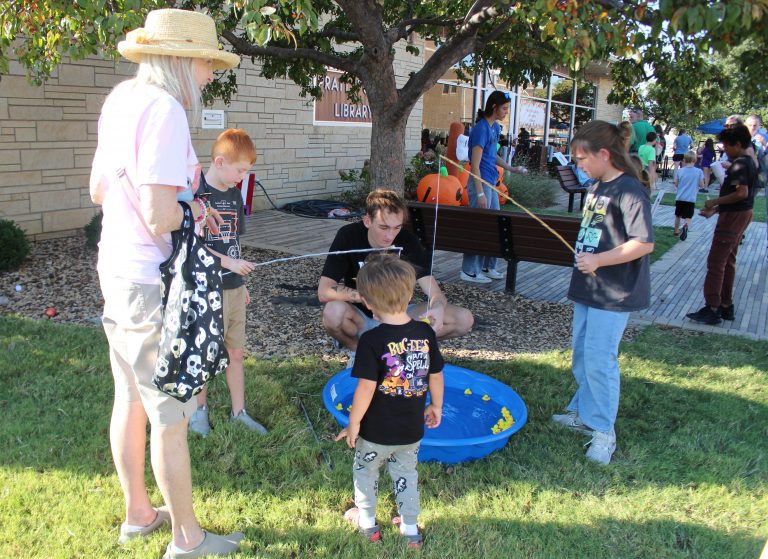Let’s get to gardening!
By Chris Himmelwright
Master Gardener Tips
Pratt County Research and Extension Services
Starting Tomatoes Early
Who wouldn’t want ripe garden grown tomatoes early in the season? Most people who try to get a jump on the season set their tomatoes out early and hope they do well. However, that is often not a good plan, as tomatoes have to have certain requirements before they will grow well. Those requirements are an acceptable soil temperature for root growth and an acceptable air temperature for both plant growth and fruit set.
Root Growth: Tomatoes need a soil temperature of at least 55 degrees to do well. Plastic mulch is most commonly used to warm the soil. Several days may be needed to raise the soil temperature. Check the soil temperature 2.5 inches deep in the soil at about 11 a.m. If that is not possible, check the temperature before leaving for work and again when your return and use the average of the two. You may wish to lay a drip irrigation line before installing the plastic to make watering more convenient. See lower accompanying article on laying plastic mulch.
Air Temperature: Plants must be protected from frost. Hot caps or water teepees are placed over the young plants to provide protection as well as provide a higher average temperature to encourage growth. Eventually the plants will outgrow the cover and start to develop flowers. But if the temperature goes below 55 degrees at night, tomato flowers may not set. The plant is not hurt, but the blossom will not set fruit, or, if it does set fruit, the fruit is often misshapen. How early can you transplant? Start with a date about 2 weeks earlier than normal.
Strawberry Planting
New strawberry plantings should be set early in the growing season so that mother plants become established while the weather is still cool. The mother plants develop a strong root system during this cool period when soil temperatures are between 65 and 80 degrees F. The most appropriate planting time is mid- to late March in southern Kansas and late March to mid-April in the northern areas of the state. Space plants 18 to 24 inches apart. Later in the season, runners and daughter plants develop.
The earlier the mother plants are set, the sooner the first daughter plant will be formed and take root. These first daughter plants will be the largest daughter plants at the end of the growing season and will bear more berries per plant the following spring. When planting is done later, the higher temperatures stress the mother plants resulting in reduced growth, weaker mother plants and delays in daughter plant formation. Fewer and smaller daughter plants produce fewer berries, resulting in a smaller crop.
Remove all flowers during the first year. New plants have limited energy reserves that need to go toward establishing the mother plants and making runners rather than making fruit. If fruit is allowed to develop the first year, the amount of fruit produced the second year is drastically reduced due to smaller, weaker daughter plants. Keep row width at 12 to 18 inches as strawberries bear most on the edges of the row rather than the center. A rototiller or hoe can be used to keep the row at the recommended width.
Compost pH
Many gardeners assume that compost is acidic but such is usually not the case. Compost is more often alkaline than acidic. The possible use of alkaline composts on highbush blueberries was enough of a problem that Oregon State University carried out a study that included determining the pH of various composts. The listing below is of some of the composts Oregon State University studied and the pH of those materials. Material pH Mixed Manure 7.9 Horse Manure 6.4 Dairy Solids 8.0 Leaf 7.2 Yard Debris 7.7 Composted Bark 5.4 It is interesting to note the tremendous variability in pH; from 8.0 for dairy solids to 5.4 for composted bark. Therefore, it is important to perform a soil test on soils that have been heavily amended with compost as the compost may have affected the pH.
Adapted from the Kansas State Horticulture Newsletter




